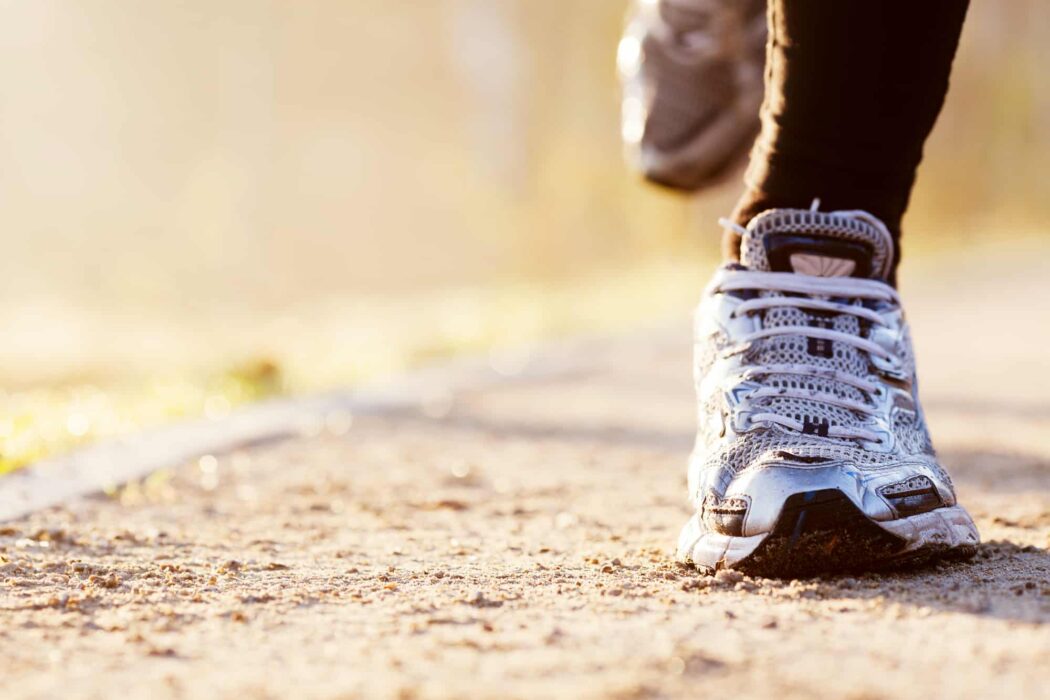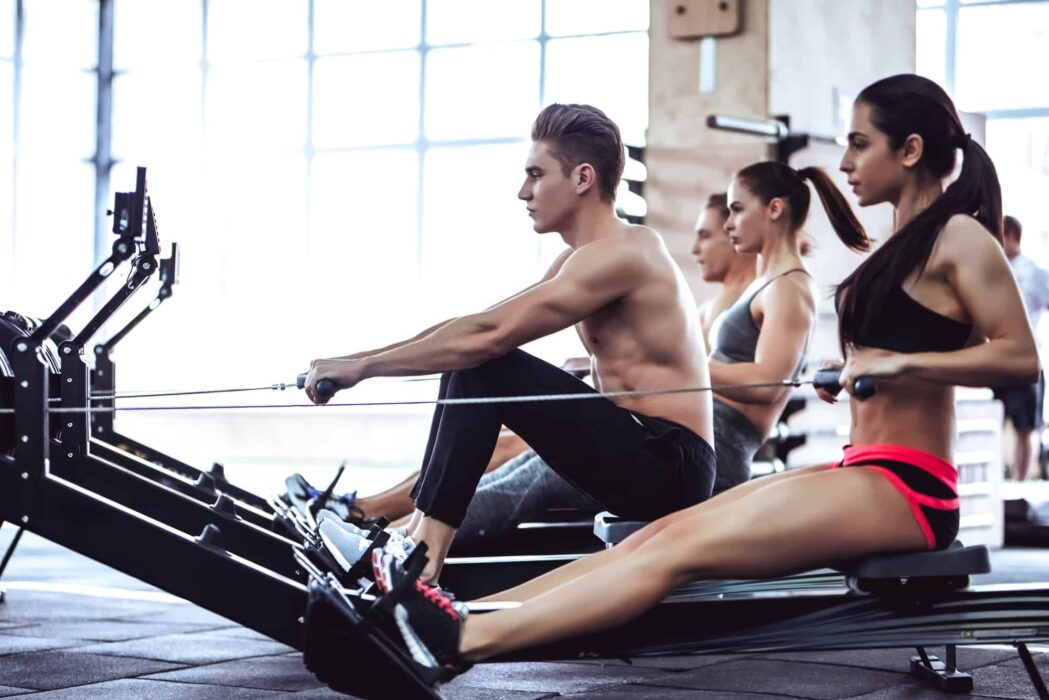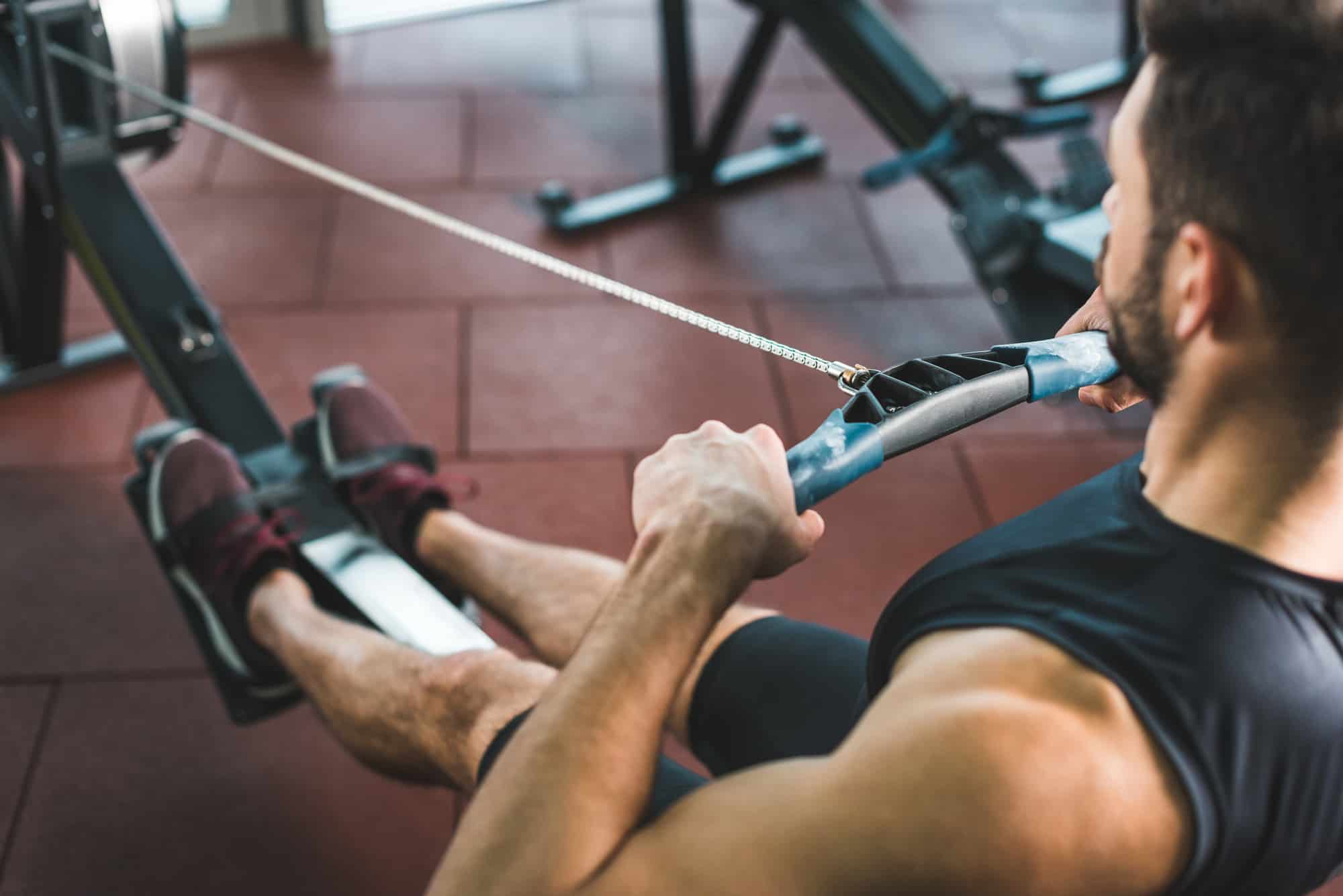Cardiovascular exercises are undoubtedly the leading workout option for people making an effort to bring more activity into their lives. While weights are mostly used by people trying to grow muscles (though resistance training should be practiced by all), cardio is a universal type of fitness that even children do at school.
Until recently, running was an undoubtful leader among all cardio exercises. However, lately, a new “champion” has emerged – rowing. Is rowing as effective as influencers, would you believe? Can it replace running for the majority of people?
Rowing has proven to be an effective high-intensity training exercise that combines cardio and resistance training mechanics. Over the past few years, rowing machines appeared in most major gym chains. Professional fitness coaches often use them in their regimes. Rowing targets both upper and lower body muscles groups which are more beneficial than lower body-focused running. To achieve the optimal results, it is recommended to mix and match the two exercised in your routines, though!
If you want to dig deeper into the scientific comparison of rowing and running and what kinds of benefits they bring, keep on reading!
What Are the Benefits of Running?

Builds Strong Bones and Muscles
While many people choose running to lose weight, a few think around the strengthening benefits! In fact, running may not be able to help you grow beautiful muscles, but it will tone up them! In addition, your general strength improved will make your daily activities easier! Running mainly targets lower-body muscles and core.
Stronger bones come as a hidden but crucial bonus to muscle strength. Unfortunately, with age, our bones lose mineral density and become fragile. A 2009 study by the University of Missouri found that running has a more significant impact on increasing bone mineral density than resistance training does.
Weight Loss
This is what people expect from running and what they get in most cases. Though this achievement is not solely because of running itself, more cause of increased activity resulting in a calorie deficit. Thus, weight loss.
Overall, any type of fitness has a positive effect on weight loss. However, considering that running is high-impact and interval running is high-intensity, you can expect a greater calorie expenditure at the end of the day.
In my article about the exercises that burn the most calories a minute, you’ll find that moderate-level running burns around 450 calories in 30 minutes.
Healthy Cardiovascular System
This one is among the most critical benefits any cardio exercise has – it gradually strengthens your cardiovascular system if done moderately according to your fitness level.
This aerobic activity conditions your cardiovascular system and strengthens your heart. The “runner’s heart” is now considered to be an efficient and healthy organ.
Requires No Equipment = Cheap and Efficient
One of the greatest benefits of running is its simplicity. Anyone can run. You just need a pair of shoes and some space. It doesn’t even have to be a whole track! Plus, you need to equipment! To be honest, headphones with music blasting are a thing of luxury, not a necessity. You are free to run anywhere outside as well. There is no need for a gym even! The only thing that can ruin your run is the weather, and it is highly subjective anyway!
You can’t argue with the simplicity of running! It’s in our nature, after all.
What Are the Benefits of Rowing?
Engages Diverse Muscles
Rowing is considered a full-body exercise that engages a variety of muscle groups. Unlike running, which is mainly focused on the lower body split so to say, rowing engages the upper body just as much.
Healthline mentions that
According to the American Fitness Professionals Association, the rowing stroke consists of 65–75% leg work and 25–35% upper bodywork.
Such a division is beneficial for strengthening back muscle which we all arguably lack. In addition, years of sitting before screens or books are worsening people’s posture at an alarming speed. Thus, back strength (especially the upper back) is a crucial part of fitness training for every modern person.
Cardio + Resistance
Just like rowing combines lower and upper body workouts into one, it’s also the perfect example of a balanced aerobic and strength training mixture. The resistance elements of the rowing machine keep you toned up and in form with the high-intensity cardio strengthens your heart and endurance.
It’s also a very flexible kind of exercise. You can change the level of resistance to suit your fitness level and training goals (it usually ranges from 1 to 10 but may vary). Plus, if you opt for light resistance and high intensity, you can both engage in a long cardio session and divide it into small intervals between other exercises to keep the heart rate elevated.
Faster Visible Results
The main factor that speeds up the visible results – full-body coverage. This machine engages most of your muscles and works them simultaneously and in balance. Thus, you see the whole of your body toning up. Plus, added resistance also works as an excellent medium for hypertrophy training.
Running makes your muscles stronger quite effectively, but you’ll rarely see major muscle growth if you jog casually for cardio training. A rowing machine brings greater prospects in this regard.
Strengthens Back
With all the upper back benefits said, I also want to warn newbies to study how to initially maintain the proper rowing form with a professional. Unfortunately, rowing is closely connected to lower body pain if not done right.
According to an article published in 2000 in the British Journal of Sports Medicine, competitive rowing includes several factors that may result in lower back pain. Be careful!
I always advise you to consult a professional in such cases; you can also keep the following precautions and rowing safety rules in mind during training.
Weight Loss
Just as with running and jogging, a rowing machine aids in weight loss by increasing your energy expenditure. It’s based on the same principles you can read in the paragraph above. In the article I’ve mentioned above, you’ll also see rowing mentioned as one of the most efficient ways to burn the most calories in a workout.
According to it, rowing burns around 270 calories on average per training.
What is Better: Running or Rowing?

It’s hard to say that one is significantly better than the other. After all, it comes down to your goals and preference. Let me put it this way:
- If you are looking for a casual cardio exercise that doesn’t require much expertise in the technical aspects and can be done freely anywhere at any time – running is perfect for you. It comes to us naturally and is quite flexible.
- If you are looking to build muscles but burn lots of calories at the same time (plus increase your endurance) – choose a rowing machine. It may be more expensive in some cases than running, but you can choose a simpler, cheaper gym for it.
What Is More Beginner-Friendly?
This category brings a tie in my subjective view. Both running and rowing require keeping to a basic form. With running, you have to be careful with positioning your legs; rowing is more about the back. Thus, I consider this an equal match between the two!
What Is Cheaper?
Obviously, running is cheaper than rowing, but only if done outside. If you have a park nearby (or another place to run) and pleasant weather, running will cost you nothing. This cannot be said about rowing that requires equipment. It seems like an easy lead for running, right? Generally, yes. But there are a few details to consider.
Does Rollerblading Count as Good Cardio? 6 Reasons Why
Depending on where you live, you may have basic rowing machines stationed in the sports sections of public parks. In addition, many countries offer free essential equipment for their citizens in parks, apartment complexes, and so on.
On the other side, if you run only on treadmills in gyms, there is no difference in what equipment you use during your time inside. You can both run and row for the same money, basically.
Sources:
- Building Strong Bones: Running May Provide More Benefits Than Resistance Training, Study Finds – (2009, University of Missouri, sciencedaily.com)
- Cantwell JD. Cardiovascular aspects of running. – (Clin Sports Med. 1985 Oct;4 PMID: 3902253., pubmed.ncbi.nlm.nih.gov)
- The Benefits of a Rowing Machine – (2021, Healthline, healthline.com)
- Reid DA, Mcnair PJFactors contributing to low back pain in rowers. – (British Journal of Sports Medicine 2000; bjsm.bmj.com)
- How to Avoid Rowing Machine Back Pain [Easy Fix in 2021] – ( Alexandra Louis, 2021, topiom.com)
- 12 Exercises That Burn the Most Calories – (2019, Healthline, healthline.com)
- What Are the Health Benefits of Rowing? – (2021, Cleveland Clinic, health.clevelandclinic.org)
